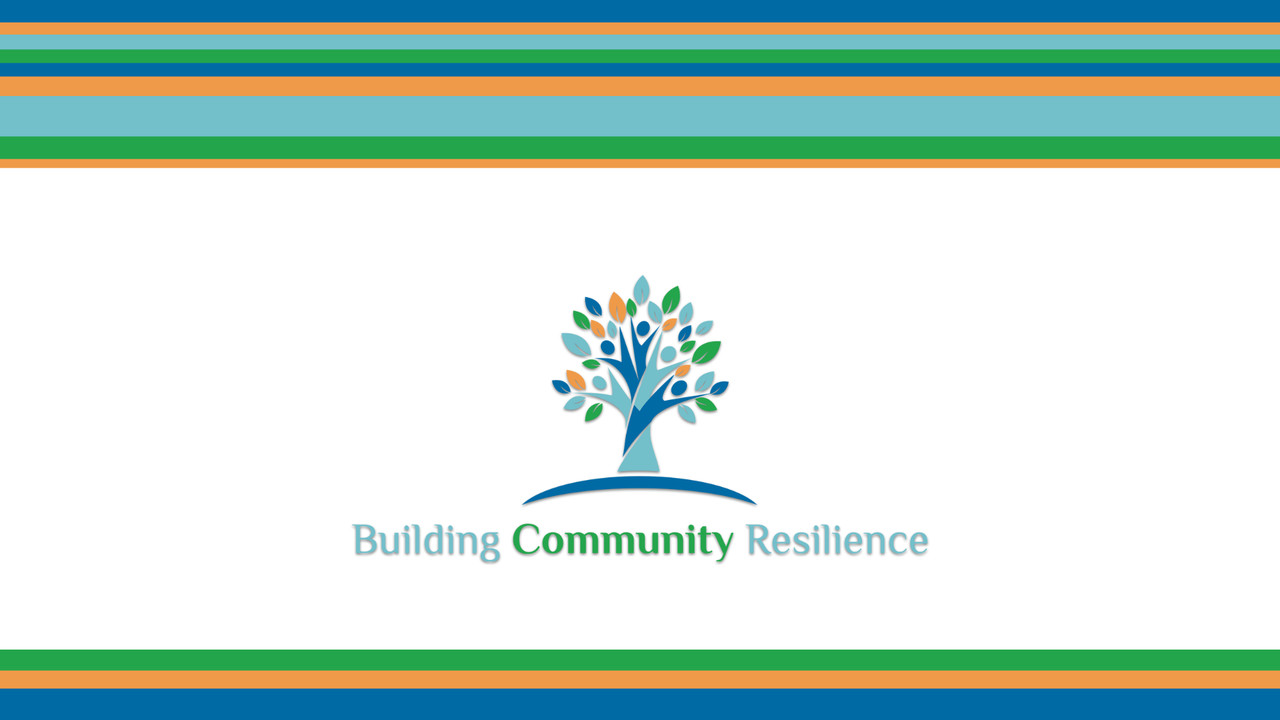
Why Community Resilience?
First in a series: The Dallas Story of Resilience Building
When we first introduced Building Community Resilience (BCR) a few years ago, skeptics wondered if our reach was too large. Others found our language over-simplified for the complexity of adverse childhood experience (ACEs) and toxic stress. Nonetheless, we were convinced that the public health issues that contribute to ACEs could not be met by one sector alone. It was and remains our steadfast belief that many of the factors contributing to health disparities and the lack of resilience can be mapped back to the lack of supportive buffers that promote health and wellbeing. Supportive buffers, such as well-performing schools, reliable public transportation, diverse neighborhood retail (i.e. grocery stores, banking, pharmacies, etc.), access to economic mobility, affordable housing, and health care, help a community bounce back from adversity, and provide the foundation for individuals to ‘bounce forward’.
Nearly three years later, the BCR process in five major U.S. cities has been leveraged across multiple sectors including health care, local health departments, education systems, and city governments. There is growing interest in the tools and resources we have developed to address what we call the “Pair of ACEs” – adverse childhood experiences in the context of adverse community environments. Adverse community environments speak to the multiple systems and policies that to paraphrase Edwards Deming put it, “Are perfectly designed for the results they get.” Deming proposed that outcomes were a direct result of system design, and systems thinking is being applied to address a host of social issues. We have begun to apply systems thinking to illustrate the complex interactions between family, community, and public and private systems that inform behavioral, health and economic outcomes at the community and individual level.
Leveraging public systems and public health data from communities are a hallmark of the BCR work. We analyze these data to help illustrate how systems design is associated with many of the seemingly intractable public health and policy issues facing our communities. For instance, our partners in the Dallas BCR project are seeking strategies to address long-standing disparities in health and address infrastructure inequities that undermine the region’s economic resiliency. Dallas as with many American cities has witnessed an exponential growth in areas of concentrated poverty. As income inequality expanded, concentrated poverty increased in a South Dallas neighborhood where families are physically isolated by major highways from the economic and educational opportunities that exist in wealthier neighborhoods. To understand the extent to which these disparities impact economic mobility, we paired the first heat map depicting the concentration of the top 10% incomes to the concentration of the lowest 10% incomes (Fig. 1) with one that illustrates the concentration of households living below poverty mapped against areas with greatest low-wage job growth. As the second figure illustrates, areas with highest concentration of incomes in the bottom 10% (shown in black) also correspond with areas of highest concentration of household poverty (shown in orange) and slowest wage growth. To further illustrate the threat to the area’s economic resilience we used the Dallas transit map (Fig 3) against a heat map highlighting the area’s concentration of low-wage jobs (shown in red). The jobs appear to be accessible by area transit until you compare it to the previous map that shows areas of concentrated poverty. Only when you put all three into context do you see that Dallas rapid transit does not provide equitable access to residents living in the South Dallas area to the areas with the highest growth in low-wage jobs. In other words, those who are living in areas of highest concentration of poverty also do not have access to low-paying jobs. Coincidence? As Deming would say, “the system is perfectly designed for this outcome”.
Figure 1: Dallas Top 10% incomes in Blue, Bottom 10% incomes in gray, black
Fig. 2 : Areas of concentrated poverty vs. Areas of low-wage job growth
Fig. 3 Dallas Area Rapid Transit Map
In BCR, we began with the “Pair of ACEs” tree to illustrate how multiple public systems create (for better or for worse) the soil in which our communities are planted. The nutrients provided (or lack thereof) can be measured in the health and vibrancy of the branches and leaves of this tree.
In BCR we know that community resilience requires economic vitality, an infrastructure that supports an educated workforce and access to levers (public transportation, schools and affordable housing) that help children and families bounce forward. Building coalitions across these multiple sectors is the work of building community resilience.
To learn more about BCR, our partners, tools and resources go to go.gwu.edu/BCR.




Community revitalization; regional collaboration; affordable housing
6yThis is interesting. I would love to learn more about your work in Wilmington, DE.